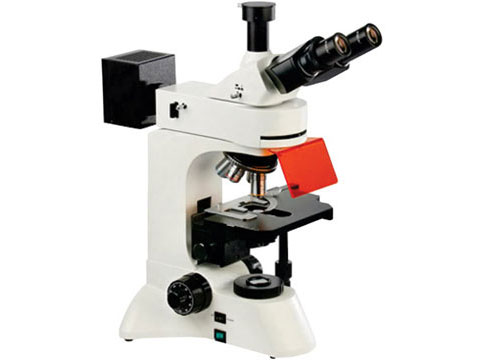Establishing a biological laboratory is an exciting yet complex task that combines professional knowledge, financial planning, and wise equipment selection. This guide is designed to help you understand the essential equipment, how to choose reliable suppliers, and the first steps in setting up a lab tailored to your unique needs.
Understanding the Laboratory's Needs
Before purchasing laboratory equipment, you must understand the lab's scientific goals. Are the experiments related to microbiology, genetics, or perhaps botanical research?
Budget and Financial Constraints
It’s essential to set a budget in advance and stick to it. Investing in high-quality equipment is crucial, but ensure that you stay within your financial limits.
Essential Equipment for a Biological Laboratory
General Equipment
- Workbenches
- Storage Shelves
- Sinks and Water Infrastructure
Choosing Suppliers
Criteria for Selecting a Reliable Supplier
- Market Reputation
- Responsive Customer Service
- Quick Delivery Times
Price Comparisons and Deals
Compare several suppliers and look for seasonal promotions or unique offers.
Laboratory Equipment
Microscopes
A Microscope is a fundamental tool for any biological lab. Choose between light, electron, or fluorescent microscopes depending on your needs.

Analytical Balances
For precise measurements of chemical substances.

Centrifuges
Necessary for cell and liquid separation.

Incubators
For heating and temperature control.
PCR Machines
For genetic research.
Sterile Workstations
Maintain sterility during delicate procedures.
Safety Cabinets
For storing hazardous materials.
Air Filters
Ensure a safe environment by maintaining clean air.
Protective Suits and Gloves
Protect lab personnel during experiments.
Biological Laboratory Infrastructure
Utilities
- Electricity and Lighting Ensure the lab is equipped with appropriate electrical and lighting systems.
- Temperature and Humidity Control Use advanced systems to maintain optimal conditions.
Placing Laboratory Products in a Biological Lab
Convenient Access
Place equipment for easy and quick access. For example, frequently used items like pipettes or balances should be centrally located.
Safety First
Sensitive or hazardous equipment, such as heating devices or dangerous chemicals, should be placed in designated, protected areas such as safety cabinets or sterile zones.
Dividing the Lab into Work Zones
A biological lab should be divided into work zones, with each zone containing the relevant equipment. For instance:
- Sample Preparation Area: Pipettes, test tubes, and balances.
- Genetic Analysis Area: PCR machines and electrophoresis devices.
- Cell Culture Area: Incubators and sterile workstations.
Placing Key Equipment in the Lab
Microscopes
Position microscopes in areas with suitable lighting and minimal vibrations, on stable and wide workbenches.
Analytical Balances
Place Laboratory balances away from drafts, vibrations, and high-traffic areas. A quiet, protected spot is recommended.
Centrifuges
Position centrifuges on stable surfaces away from high-traffic areas to prevent vibrations and ensure user safety.
Incubators
Place laboratory incubators in areas with stable temperature and humidity. Ensure sufficient ventilation space around them.
Important Infrastructure Considerations
Access to Electricity
Ensure all electrical equipment is located near appropriate power outlets, and use surge protectors if necessary.
Lighting
Areas requiring precise vision, such as those with microscopes, should have high-quality, non-dazzling lighting.
Ventilation Systems
Devices emitting heat or hazardous substances, such as chemical fume hoods, should be located near suitable ventilation systems.
Safety Equipment Placement
Safety Cabinets
Place safety cabinets in designated areas away from heavy traffic but close to where hazardous materials are used.
Air Filters
Position air filters to ensure good airflow and efficient removal of harmful particles.
Washing Stations
Eye and chemical washing stations should be centrally located and easily accessible.
Tips for Efficient Lab Organization
- Avoid Clutter: Store equipment not used daily on shelves or in storage cabinets.
- Consistent Order: Keeping equipment in its designated place prevents errors and simplifies work.
- Clear Labels: Label areas and equipment clearly to quickly identify where each item is located.